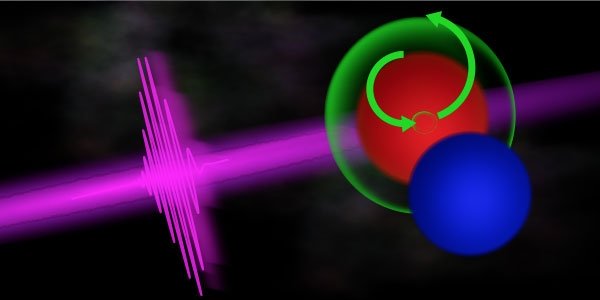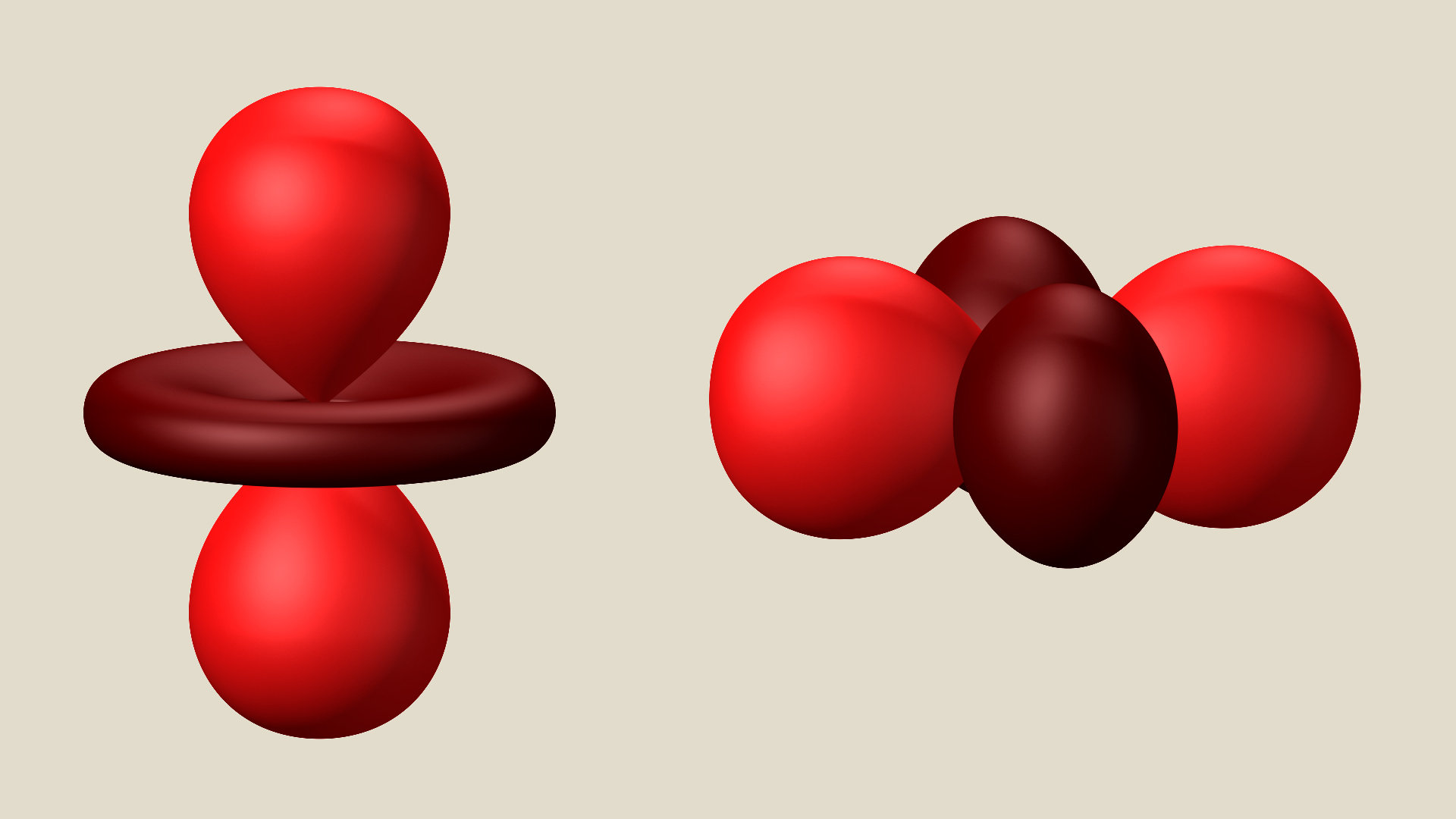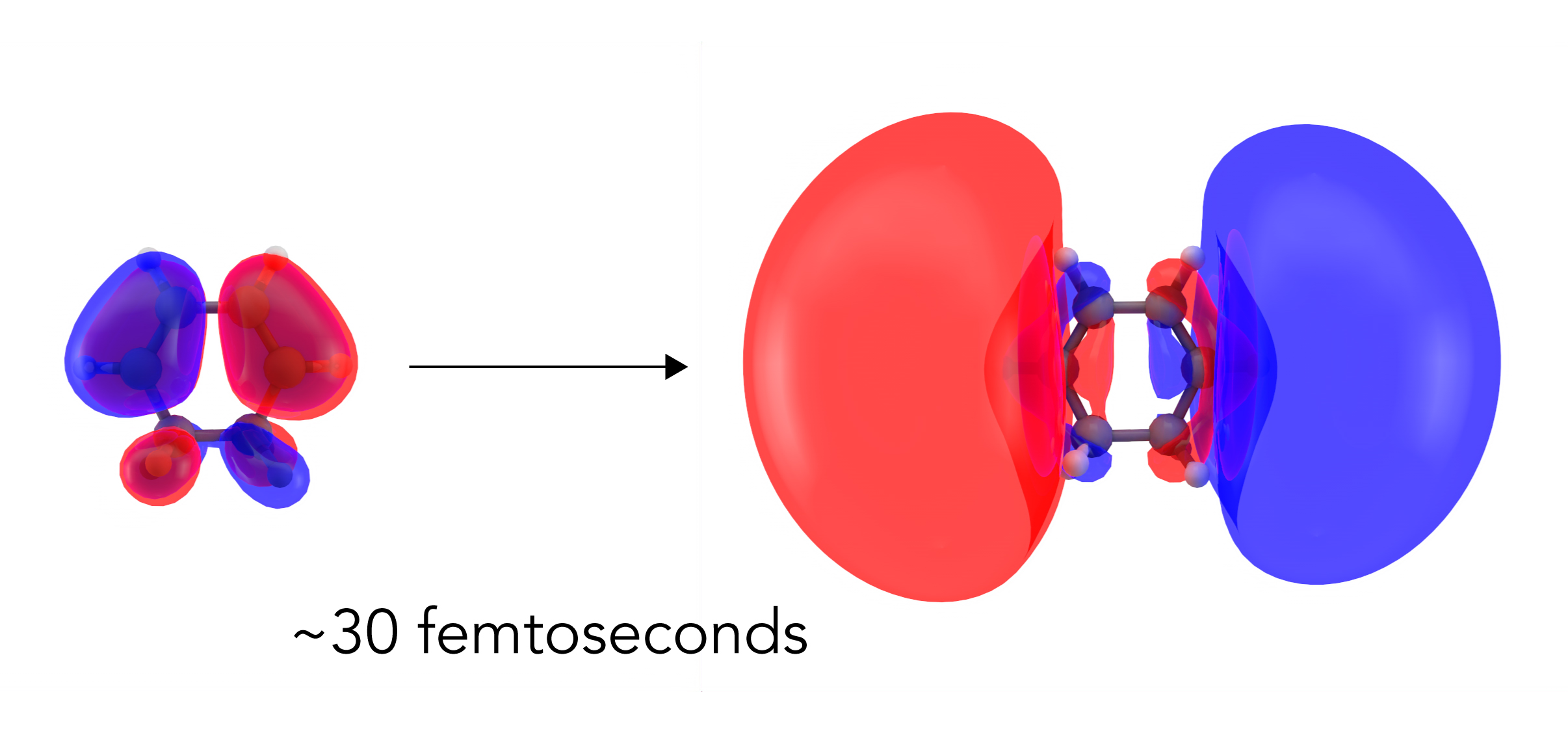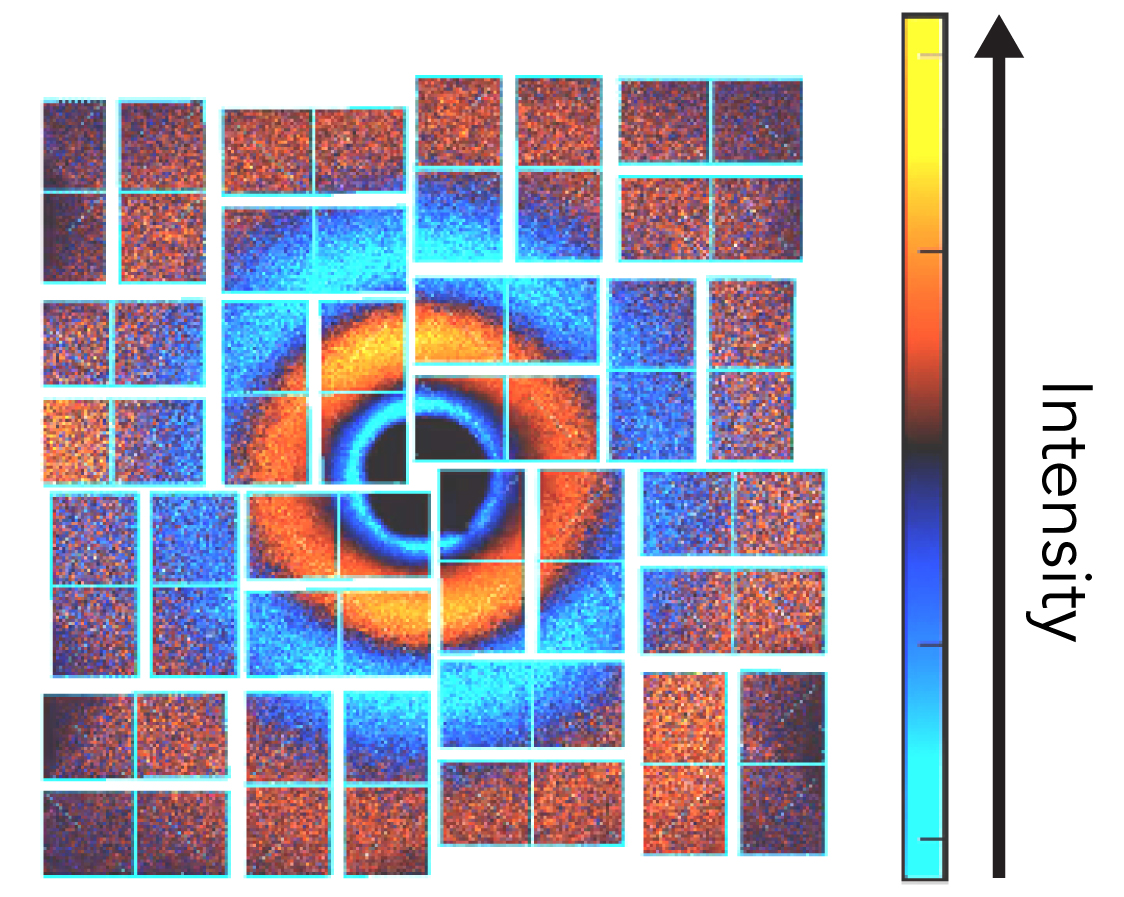Researchers at the Department of Energy’s SLAC National Accelerator Laboratory have demonstrated that they can use machine learning to optimize the performance of particle accelerators by teaching the algorithms the basic physics principles behind accelerator operations – no prior data needed.
Tag: Linac Coherent Light Source

A Swift Kick to Initiate Electronic Motion in Molecules
Researchers have observed the production of electronic excitations near a single atom in a molecule. This is caused by impulsive stimulated X-ray Raman scattering of X-ray pulses that last less than a femtosecond. The combination of X-ray Raman scattering and the ability produce sub-femtosecond X-ray pulses allows scientists to view motion in molecules at atom-scale resolution and helps them understand chemical reactions involving light.

In a step forward for orbitronics, scientists break the link between a quantum material’s spin and orbital states
Until now, electron spins and orbitals were thought to go hand in hand in a class of materials that’s the cornerstone of modern information technology; you couldn’t quickly change one without changing the other. This study raises the possibility of controlling them separately.

First direct look at how light excites electrons to kick off a chemical reaction
The first step in many light-driven chemical reactions, like the ones that power photosynthesis and human vision, is a shift in the arrangement of a molecule’s electrons as they absorb the light’s energy. Now scientists have directly observed this first step.

An advance in molecular moviemaking reveals the subtle, complex ways a simple molecule can shimmy and fly apart
Researchers observed atomic nuclei moving over distances of less than an angstrom in less than a trillionth of a second — a level of resolution that can only be achieved with an X-ray free-electron laser.